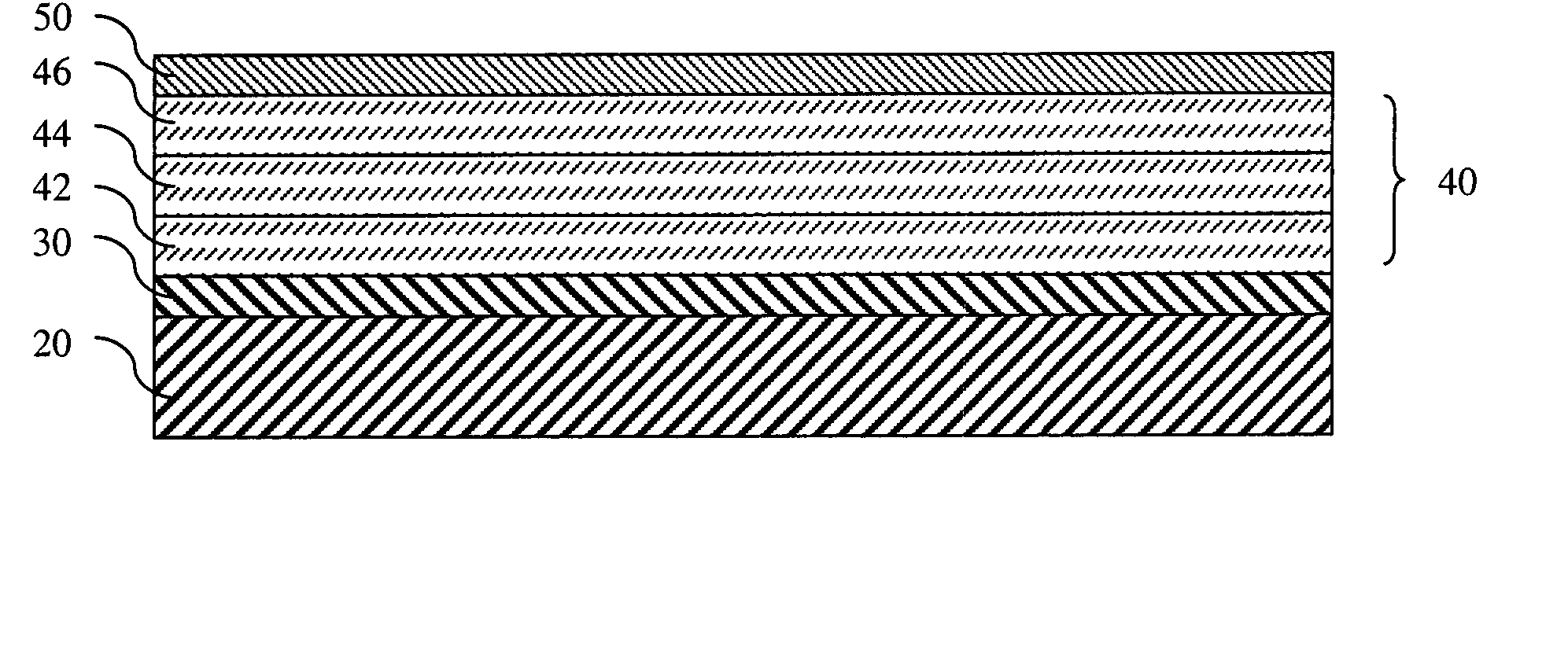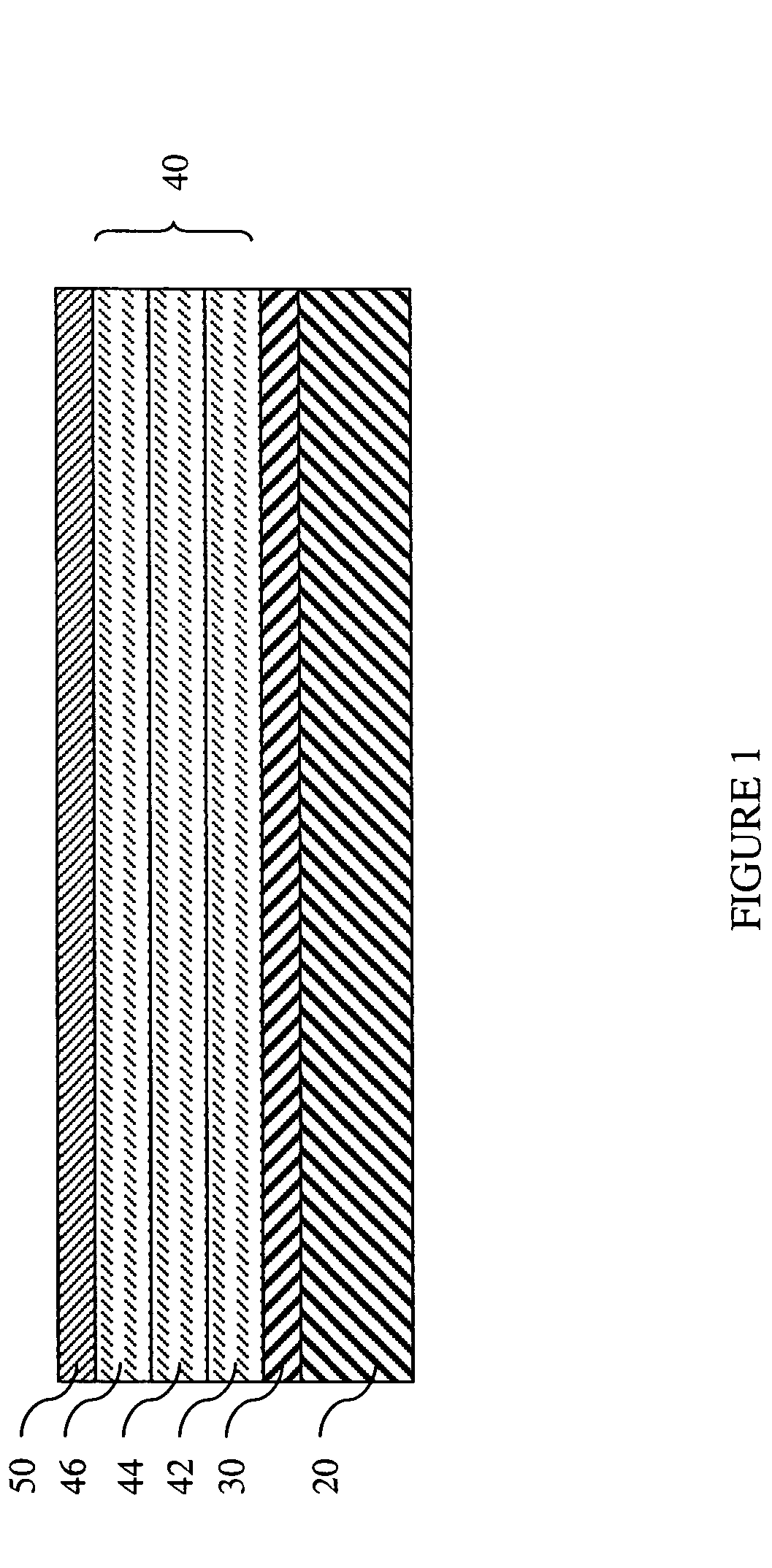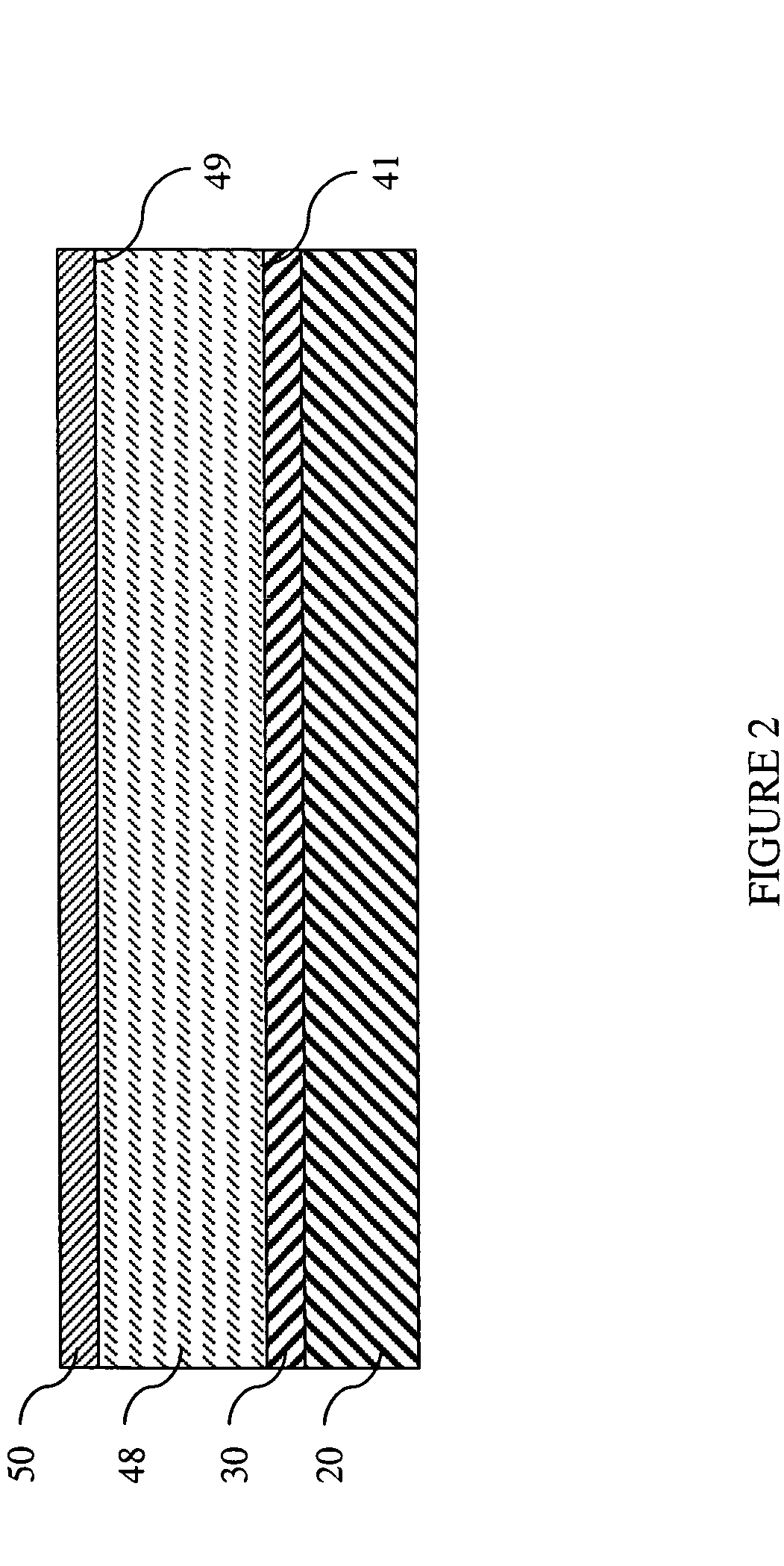Protective coatings
a technology of protective coatings and coatings, applied in the field of protective coatings, can solve the problems of amorphous phases, lower thermal expansion coefficients, and inacceptable coatings for monolithic silicon
- Summary
- Abstract
- Description
- Claims
- Application Information
AI Technical Summary
Benefits of technology
Problems solved by technology
Method used
Image
Examples
example
[0039] In one exemplary embodiment, a suitable yttrium silicate coating was identified for use on a silicon nitride substrate. Silicon nitride has a CTE of about 3.5 ppm / ° C. for room temperature to 1200° C. Since the CTE of yttrium silicate is generally determined by the ratio of yttria and silica present, and by the equilibrium phase content achieved by that ratio of yttria and silica, a yttrium silicate composition having a CTE close to that of the silicon nitride substrate can be selected by referring to FIG. 3, where the effect of the yttria:silica ratio on the CTE of the yttrium silicate composition is shown. For example, as shown in FIG. 3, if a CTE of about 4 ppm / ° C. is desired, a composition comprising about 62-66 mole percent silica (SiO2), or alternatively stated, about 34-38 mole percent yttria (Y2O3), is desirable. The yttria-silica phase diagram shown in FIG. 4 can be used to identify the equilibrium phases of yttria and silica that will be present at a given temperat...
PUM
| Property | Measurement | Unit |
|---|---|---|
| thick | aaaaa | aaaaa |
| temperature | aaaaa | aaaaa |
| temperature | aaaaa | aaaaa |
Abstract
Description
Claims
Application Information
 Login to View More
Login to View More - R&D
- Intellectual Property
- Life Sciences
- Materials
- Tech Scout
- Unparalleled Data Quality
- Higher Quality Content
- 60% Fewer Hallucinations
Browse by: Latest US Patents, China's latest patents, Technical Efficacy Thesaurus, Application Domain, Technology Topic, Popular Technical Reports.
© 2025 PatSnap. All rights reserved.Legal|Privacy policy|Modern Slavery Act Transparency Statement|Sitemap|About US| Contact US: help@patsnap.com



